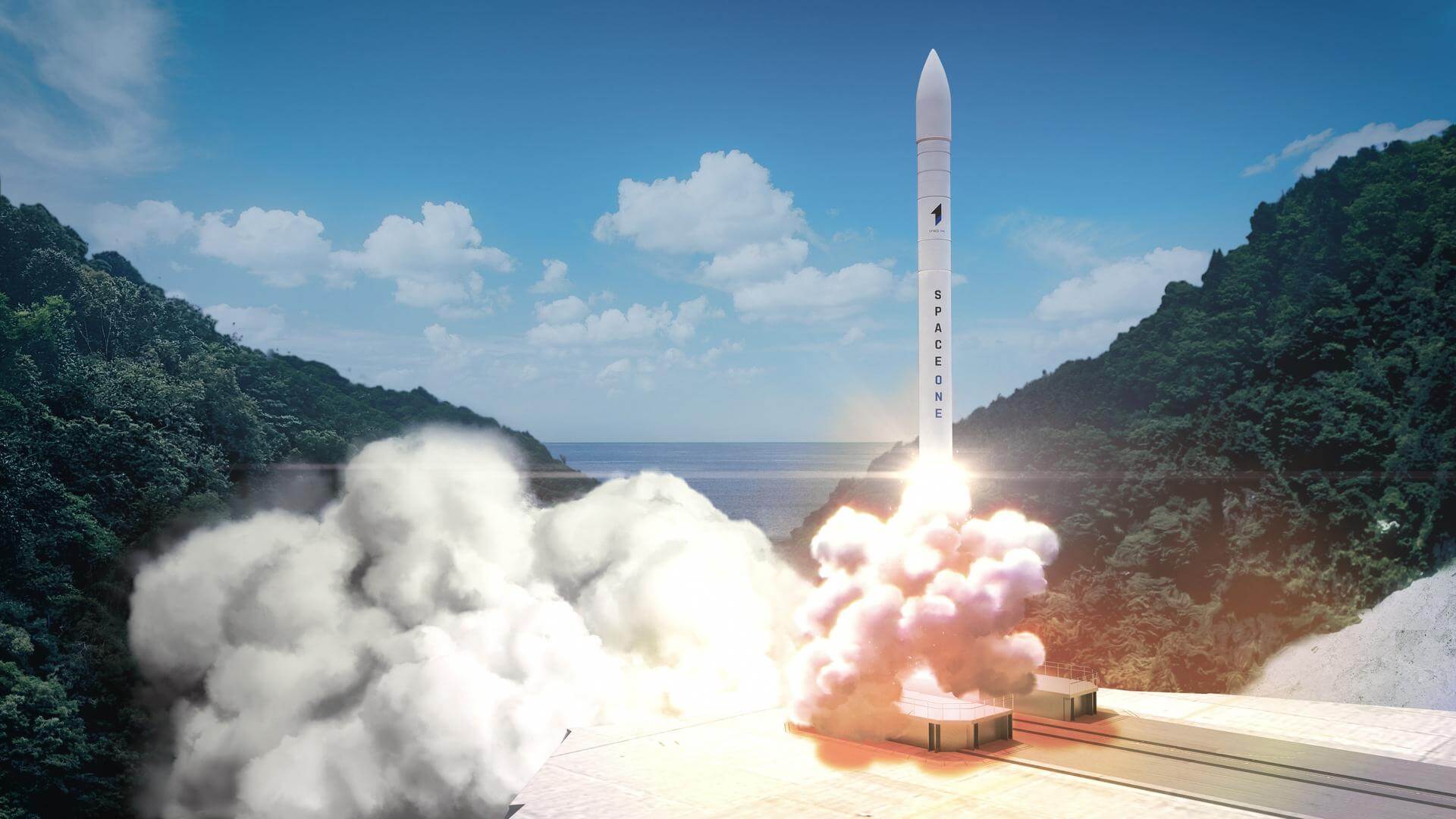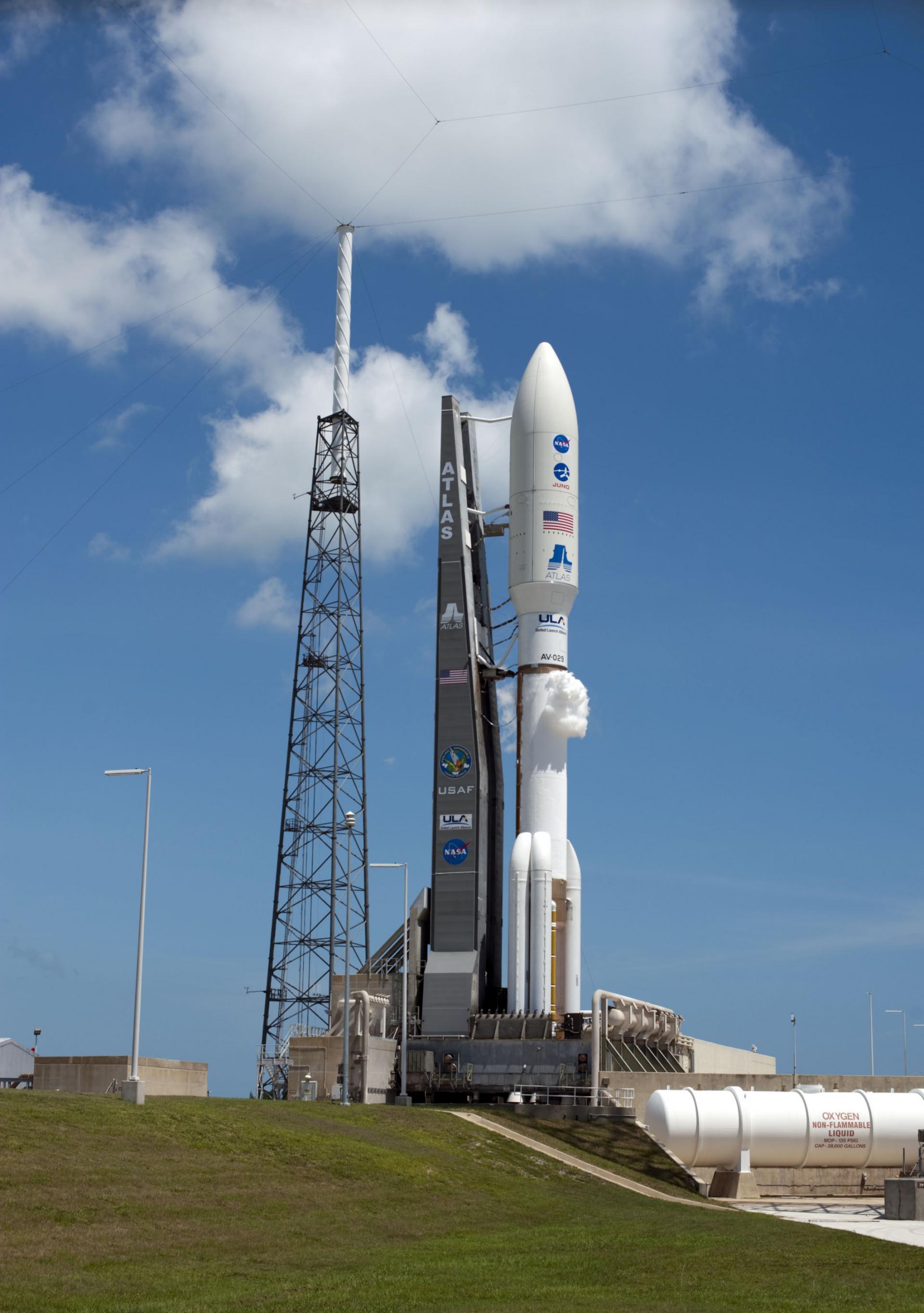· space brief · 5 min read
Space Brief 5 Dec 2024
Today's brief highlights Umbra Space's contract extension with the NRO, Trump's Space Force ambitions, FibreCoat's new funding targeting defense markets, and key US defense sentiments. Explore notable military and commercial satellite activities.

📄Top Stories
In today’s space news, Umbra Space celebrates an extended contract with the National Reconnaissance Office, enhancing commercial satellite imaging capabilities. Meanwhile, discussions around Trump’s Space Force initiatives continue to provoke debate on its impact and independence. FibreCoat secures substantial funding aimed at the space and defense sectors, promising advancements in materials technology. Surveys reveal complex sentiments regarding US global leadership, particularly relating to defense policies and space operations.
📰Detailed Coverage
Umbra Space Secures Extended Contract with NRO
Umbra Space, a leader in commercial synthetic aperture radar (SAR) technology, has announced an extended contract with the US National Reconnaissance Office (NRO). This development is significant as the NRO looks to ramp up its integration of commercial SAR imaging, potentially paving the way for larger procurements in the future. Umbra’s SAR capabilities offer critical insights into terrestrial and atmospheric conditions, playing a pivotal role in enhancing national security operations.
From a satellite tracking perspective, Umbra’s SAR technology can provide vital real-time data, which our web app can harness to enhance the monitoring of current satellite orbits and environmental conditions, offering users an unparalleled view of space-based activities.
Read the full story: SpaceNews
Trump’s Unfinished Business: An Independent Space Force
The idea of an independent Space Force has been a hot topic since its inception during Donald Trump’s presidency. Now, as conversations heat up again, stakeholders are evaluating its role within the broader defense landscape. Opinions vary widely on whether the Space Force has met its strategic objectives or if further independence is necessary to strengthen its position as a pivotal component of national security.
Initially envisioned to streamline space operations and defense capabilities, the Space Force has faced several organizational and budgetary challenges. Advocates argue for a more cohesive strategy that maximizes its potential, potentially reshaping military operations in orbit.
Read the full story: SpaceNews
FibreCoat’s Strategic Funding Targets Space and Defense
German startup FibreCoat has successfully raised nearly €20 million in a Series B funding round, led by NewSpace Capital and Goose Capital. These funds are earmarked for advancing FibreCoat’s materials technologies, with a focus on applications in the space and defense industries. FibreCoat aims to leverage its innovative coating technologies to enhance the durability and efficiency of components used in satellites and aerospace defense systems.
FibreCoat’s expansion into space technology underscores the growing importance of advanced materials in extending the lifespan and functionality of satellites. This funding marks a significant step in bolstering Europe’s position in space technology development.
Read the full story: SpaceNews
Poll Shows Complex Views on US Defense Leadership
A recent poll conducted ahead of a key defense gathering reveals that while a majority of Americans believe the US should play a leading role in global affairs, there is significant disagreement regarding specific policies. Political divides are particularly evident in areas like military interventions and space-related defenses, reflecting broader debates in national security strategies.
As debates continue over the US’s role as a global leader, these complex views could influence future defense policies, including those related to space operations and satellite deployment.
Read the full story: Breaking Defense
Empowering NIST to Counter Global Threats
In an opinion piece, experts argue for empowering the National Institute of Standards and Technology (NIST) as a strategy to counter Chinese advancements in technology and space. Strengthening NIST could enhance the US’s ability to develop and maintain technological superiority, a critical element in space exploration and satellite technology development.
The discussion highlights the pivotal role that infrastructure and technological standards play in maintaining national security and global competitive edges, particularly in space.
Read the full story: Breaking Defense
🛰️Satellite Spotlight
- Satellite Name: ANIK A1 (TELESAT 1)
- NORAD ID: 06278
- Launch Date: 1972
- Mission: ANIK A1 is a Canadian communications satellite used for broadcast and telecommunications transmissions.
- Orbit: Inclination: 7.5493°, Period: 1457.1 minutes, Eccentricity: 0.0014201
- Operator: Telesat Canada
- Fun Fact: ANIK A1 was among the first North American geostationary satellites designed to provide direct-to-home television services, significantly advancing Canada’s telecommunications capabilities.
Current TLE Data:
1 06278U 72090A 24339.02601583 .00000032 00000-0 00000+0 0 99991
2 06278 7.5493 297.4522 0014201 191.2302 353.9635 0.98826815113499
Track this satellite in real-time on our web app: Track ANIK A1
🚀 Upcoming Space Launches
December 5
-
Indian Space Research Organization PSLV-XL:
- Proba-3 from Satish Dhawan Space Centre, India (10:34 UTC)
Proba-3 is the European Space Agency’s first close formation flying mission, featuring two spacecraft maintaining formation to create an “artificial solar eclipse”.
- Proba-3 from Satish Dhawan Space Centre, India (10:34 UTC)
-
SpaceX Falcon 9 Block 5:
- Sirius SXM-9 from Kennedy Space Center, FL, USA (16:10 - 17:40 UTC)
SXM-9 is a high-powered digital radio satellite that will enable SiriusXM programming to reach radios in mobile vehicles.
- Sirius SXM-9 from Kennedy Space Center, FL, USA (16:10 - 17:40 UTC)
-
Arianespace Vega-C:
- Sentinel-1C from Guiana Space Centre, French Guiana (21:20:33 UTC)
Sentinel-1C will use advanced radar technology to provide all-weather, day-and-night Earth surface imagery, replacing Sentinel-1B.
- Sentinel-1C from Guiana Space Centre, French Guiana (21:20:33 UTC)
December 8
- SpaceX Falcon 9 Block 5:
- Starlink Group 12-5 from Cape Canaveral SFS, FL, USA (05:10 - 09:10 UTC)
A batch of 23 satellites for the Starlink mega-constellation, providing space-based internet communication.
- Starlink Group 12-5 from Cape Canaveral SFS, FL, USA (05:10 - 09:10 UTC)
December 12
- SpaceX Falcon 9 Block 5:
- Starlink Group 11-2 from Vandenberg SFB, CA, USA (19:33 - 23:33 UTC)
A batch of satellites for the Starlink mega-constellation, part of SpaceX’s internet communication system.
- Starlink Group 11-2 from Vandenberg SFB, CA, USA (19:33 - 23:33 UTC)
December 14
- Space One KAIROS:
- Flight 2 from Spaceport Kii, Japan (02:00 - 02:20 UTC)
Second flight of the KAIROS launch vehicle. Payload is to be determined.
- Flight 2 from Spaceport Kii, Japan (02:00 - 02:20 UTC)
Note: Launch dates and times are subject to change due to technical or weather considerations.

Maurice Stellarski




